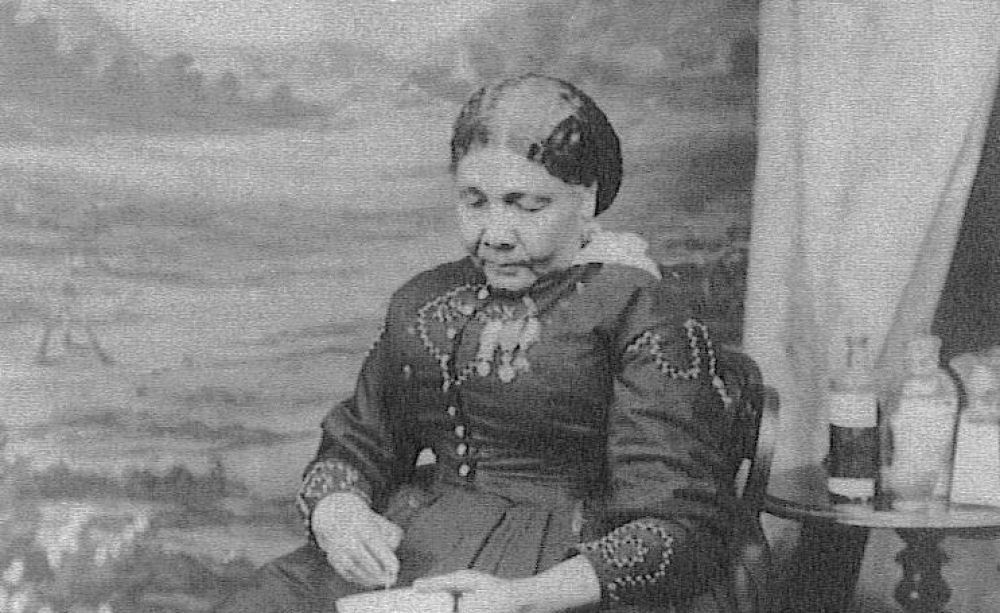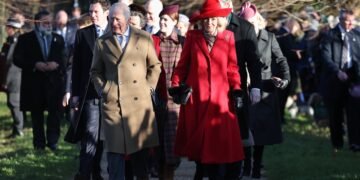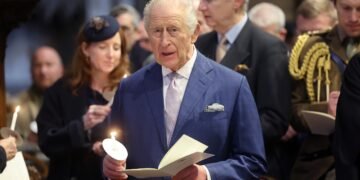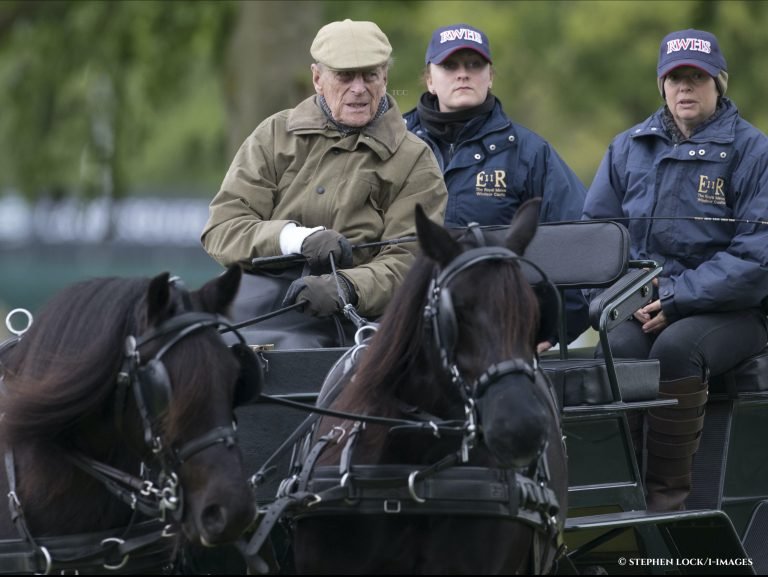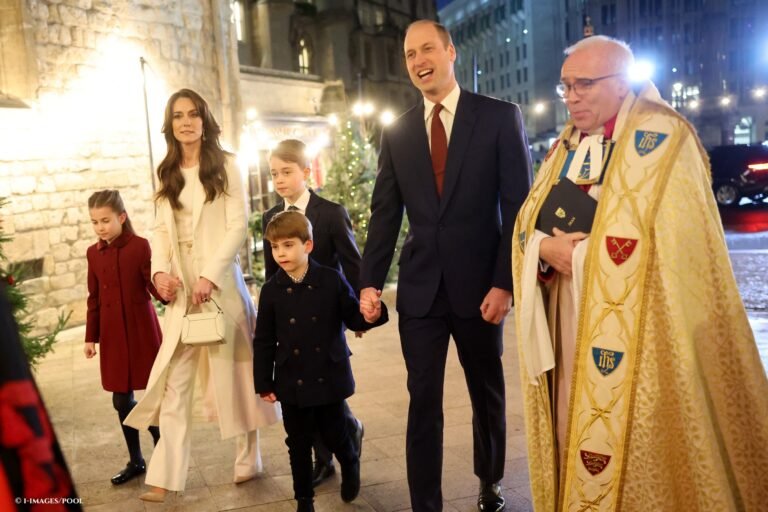‘Colourful Characters’ looks at the lives of lesser known figures in history, who led interesting, colourful lives or had an impact upon their field.
We begin with an often ignored figure, Mary Seacole. Her contemporary, Florence Nightingale is generally considered the founder of modern nursing and is remembered for her work, but Seacole – a black Jamaican-Scot – went above and beyond the set standards with her compassion, as she cared for Crimean War soldiers.

Mary Seacole’s background
Mary Jane Seacole, nee Grant, was born in Kingston, Jamaica to a local lady and a Scottish soldier, in 1805, when the island was still part of the British Empire.
Much of what we know about her life comes from her autobiographical account, The Wonderful Adventures of Mrs. Seacole. Mary was proud of her mixed heritage, and considered herself British: “I am a Creole, and have good Scots blood coursing through my veins.”
Her mother was a nurse and healer in the community, using plants and herbal remedies to cure people’s ailments, also running a boarding house/hotel, Blundell Hall. Mary was one of three children, and although it is unclear if she attended school, she enjoyed playing nurses with her dolls and pets. By 12, she was assisting her mother with patients, including many British soldiers.
When she was a little older, Seacole spent some time in the household of an elderly woman, whom she called her ‘kind patroness’ in her book. Treated as part of the family, it appears she was further educated in the house, before returning to her mother.
Mary visited relatives in London, staying for a year, and returned to London in 1825, where she nursed her patroness though an illness. A few years later, following the patroness’ death, Mary was living back with her mother at Blundell Hall, where she was occasionally being called to assist at the local British army hospital.
Marriage
In 1836, aged 31, Mary married Edwin Horatio Hamilton Seacole, a merchant, in the capital Kingston. Interestingly, their entire relationship is summed up in her book in just nine lines in the first chapter, which either suggests she was a private person in terms of her relationships, or that her marriage was not the main thing in her life, but nursing.
Much of the boarding house was lost to a fire in 1843, and was subsequently rebuilt; adding to her woes, Edwin and her mother died in 1844, and so Mary took on the running the hotel, before setting up the British Hotel – a restaurant – on the Panama Canal in 1851.
Mary’s experiences with cholera would prove useful to her career. During the cholera epidemic of 1850, the respected Seacole treated patients, preventing more lives being taken with the 32,000 Jamaicans who succumbed to it. During this time, she received ‘many hints as to its [cholera’s] treatment which afterwards I found valuable’.
Seacole did acknowledge ‘blunders’ in treating patients and later admitted that some remedies she used made her ‘shudder’ in hindsight.
Time in Panama
In 1851, the nurse-entrepreneur travelled to Cruces, Cuba, to visit her brother, but turned her hand to medicine once more when an epidemic struck the town. The first patient who came to her pulled through, and she earned a reputation for her mustard rubs, cinnamon water for rehydration and laxatives to get the infection out of the system, in preference to the standard opium treatments. Mary treated the poor for free, but took payment from the rich town inhabitants, funding others’ care.
During her time her, Mary also suffered with cholera in an outbreak, but pulled through. The epidemic killed so many people that work on the Panama railroad stopped.
Upon leaving her restaurant on the Panama Canal in 1852, she experienced racism. A white American gave a speech at a leaving dinner in which he wished that “God bless the best yaller woman he ever made,” and asked the listeners to join with him in rejoicing that “she’s so many shades removed from being entirely black […] if we could bleach her by any means we would […] and thus make her acceptable in any company as she deserves to be”.
Naturally offended, Seacole replied: “I do not appreciate your friend’s kind wishes with respect to my complexion. If it had been as dark as any n*****’s, I should have been just as happy and just as useful, and as much respected by those whose respect I value.”
Seacole in The Crimean War
It was in the Crimean War that Mary Seacole earned her name and reputation with the British. Fought between 1853-1856, the war was an alliance of the UK, France, the Ottoman Empire and Sardinia against Russia. Officially, the war was about the rights of Christian minorities in the Holy Land, before becoming something of an ego war, but realistically, the Crimea was strategically important: whoever had control of the Crimean Peninsula controlled the routes to India.
Upon hearing about the outbreak of war whilst, Seacole decided she would travel to the UK to volunteer her services as a nurse, describing how she wanted to experience the ‘pomp, pride and circumstance of glorious war’.
In England, she applied to the War Office to join the second contingent of nurses being sent to the Crimea to work with Florence Nightingale, but due to the arrangements being underway, and the only example of her experience cited was a stint with the West Granada Gold-Mining Company, she was turned away. It appears, however, this was another case of racism, since Mary had given her entire work experience in nursing.
Seacole ended up having to self-fund her trip to the war zone in early 1855, where she set up the British Hotel near Balaclava, with Thomas Day, a relative of her late husband. It was created out of debris and material they could find: iron sheets, driftwood and salvaged windows and doors. The hotel was to provide a mess for officers and medical care.
During her voyage to Crimea, the nurse met a doctor, who had recently left Scutari, near the warzone; he wrote her a letter of introduction to Nightingale, so that they might work together in caring for the soldiers.
Seacole visited Florence Nightingale at the Barrack Hospital in Scutari, Turkey, where she asked for – and was provided with – a bed for the night before travelling on to the battle zone. While Mary mentions seeing the ‘Lady with the Lamp’ on various other occasions, the two never appeared to meet again.
Being located so much closer to the battlefield, Mary visited troops on the front line a number of times, selling essentials to the men, and was ready to tend to war wounds; she became known as ‘Mother Seacole’ amongst the troops.
The same year, it was written in The Times that she was a ‘warm and successful physician, who doctors and cures all manner of men with extraordinary success. She is always in attendance near the battlefield to aid the wounded and has earned many a poor fellow’s blessing.’ She became a household name back in the UK.
Mary spent over a year in the Crimea, nursing and running her hotel, before peace was settled in early 1856. With unsold provisions and invoices to be paid, the nurse was in something of a financial rut. She attempted to sell as much as possible before the soldiers left, but she had to resort to auctions, selling expensive goods for less than their worth to the Russians returning home.
Back in England:
Seacole arrived back in London in August 1856, having taken a long-winded route back to the UK, likely due to her lack of funds. She attended a celebratory dinner for 2,000 soldiers at Royal Surrey Gardens, where Florence Nightingale was the guest of honour. Reports in The Times, however, suggest she too was celebrated by men, having to be protected from the crowds.

Her financial situation had not improved, and Mary had to move homes, before being declared bankrupt in November 1856. When the press found out about her hardship, it was reported upon and a fund was set up to assist her in thanks for her work with the British soldiers.
On 30 January 1857, she and her partner, Day, were discharged from bankruptcy, but she still remained poor and had to move lodgings once more. It was later this year Mary published her 200-page autobiographical account, the first autobiography written by a Black woman in Britain.
Converting to Catholicism, Mary returned to her native Jamaica in about 1860, with her name preceding her. She still remained without much money, and in 1867, the Seacole fund was resurrected in London, with new patrons including the Prince of Wales, the Duke of Edinburgh, the Duke of Cambridge (Queen Victoria’s children), and many other senior military officers. It was a success, and so Seacole bought land near New Blundell Hall, where she built a bungalow as her new home, and another property to rent out.
By 1870, she was back in London, perhaps to offer her assistance in the Franco-Prussian War. She became personal masseuse to the Princess of Wales, who suffered with white leg and rheumatism. Queen Victoria’s nephew, Prince Victor of Hohenlohe-Langenburg, carved a marble bust of her in 1871.
Seacole died in 1881 at her home in Paddington, after to a stroke; she was 76. In 1991, Mary Seacole was posthumously awarded the Jamaican Order of Merit for her nursing work, and in 2004 she was voted the greatest Black Briton.

